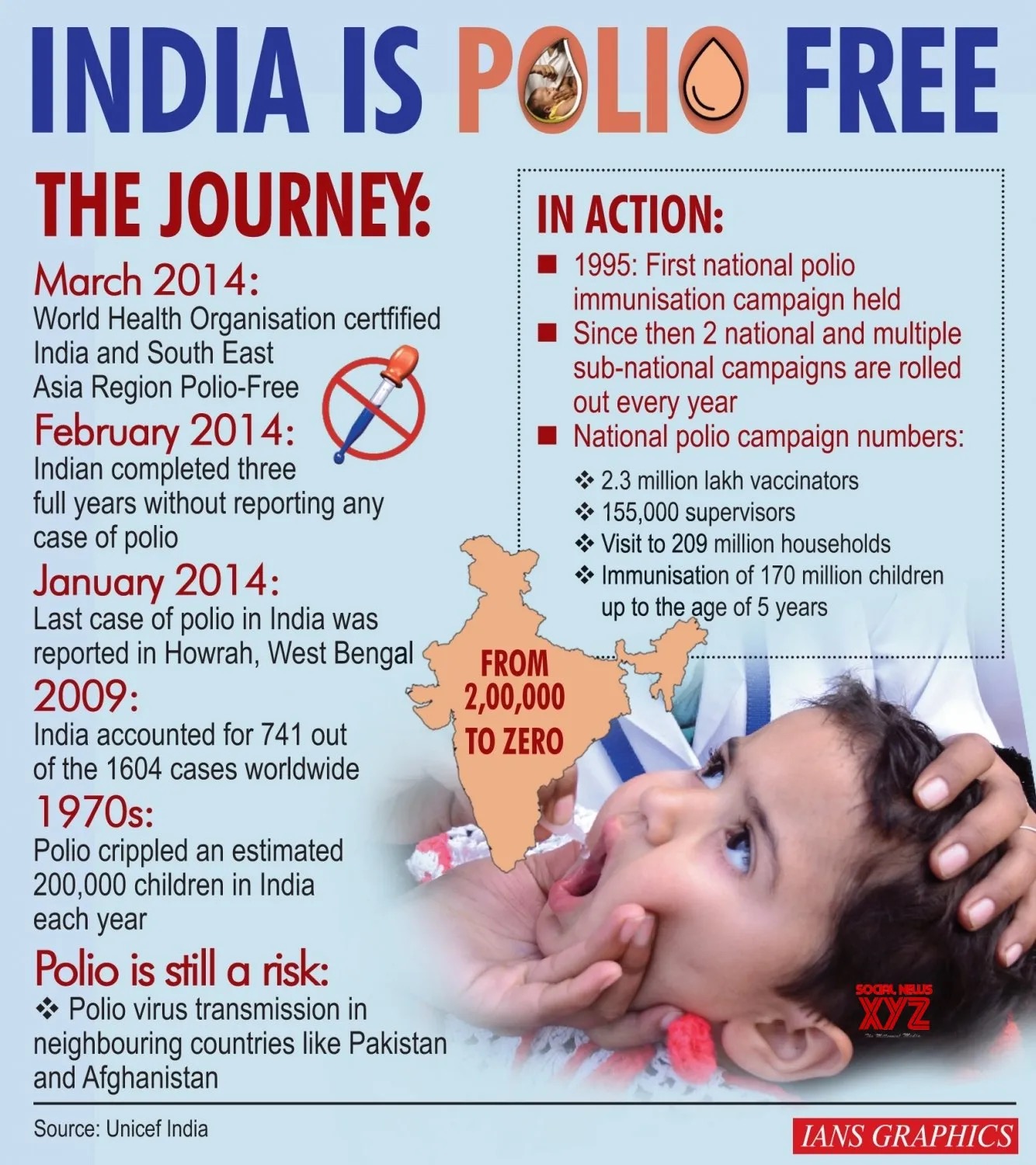A Brief History of Polio

Polio, also known as poliomyelitis, is a disease caused by the poliovirus, which can lead to paralysis, deformity, and even death. The disease has been present for centuries, but it was not until the late 19th and early 20th centuries that it became a major public health concern. At its peak in the 1940s and 1950s, polio was responsible for thousands of cases of paralysis and death worldwide. The development of the inactivated poliovirus vaccine (IPV) by Dr. Jonas Salk in 1955 and the oral poliovirus vaccine (OPV) by Dr. Albert Sabin in 1961 marked a significant turning point in the fight against polio.
Vaccination Campaigns
The first large-scale vaccination campaigns against polio were launched in the 1950s and 1960s, with the introduction of IPV and OPV. These campaigns were initially focused on developed countries, where the disease was most prevalent. However, as the global effort to eradicate polio gained momentum, vaccination campaigns were expanded to developing countries, where the disease was more widespread and often lacked adequate healthcare infrastructure.
The Global Polio Eradication Initiative (GPEI), launched in 1988, has been instrumental in coordinating global efforts to eradicate polio. The GPEI is a partnership between the World Health Organization (WHO), UNICEF, Rotary International, the Centers for Disease Control and Prevention (CDC), and the Bill and Melinda Gates Foundation, among others. The initiative has set a goal to eradicate polio by 2026, and its efforts have been largely successful, with a 99% reduction in polio cases since its inception.
Impact of Vaccination Campaigns
The impact of polio vaccination campaigns has been significant. According to the WHO, the number of polio cases has declined from an estimated 350,000 cases in 1988 to just 33 cases in 2020. This decline is a testament to the effectiveness of vaccination campaigns, which have been instrumental in interrupting the transmission of the virus.
Vaccination campaigns have also had a significant impact on child mortality rates. According to the WHO, the global under-five mortality rate has declined by 60% since 1990, with the reduction in polio cases contributing significantly to this decline.
Challenges and Ongoing Efforts
Despite the significant progress made in reducing polio cases, there are still several challenges that need to be overcome to achieve global eradication. One of the major challenges is the continued transmission of the virus in a few countries, including Afghanistan, Pakistan, and Nigeria. These countries face significant challenges, including conflict, inadequate healthcare infrastructure, and cultural and religious barriers to vaccination.
To overcome these challenges, the GPEI has implemented several strategies, including:
- Supplementary immunization activities: These are large-scale vaccination campaigns that target children under the age of five in high-risk areas.
- Routine immunization: This involves integrating polio vaccination into routine childhood immunization schedules.
- Surveillance: This involves monitoring for polio cases and responding quickly to outbreaks.
- Community engagement: This involves working with local communities to build trust and increase awareness of the importance of vaccination.
FAQs
What is polio, and how is it spread?
Polio, also known as poliomyelitis, is a highly infectious disease caused by the poliovirus. The virus is spread through the fecal-oral route, where the virus is ingested through contaminated food, water, or hands.What are the symptoms of polio?
The symptoms of polio can range from mild to severe and can include fever, headache, stiffness, and paralysis.How effective is the polio vaccine?
The polio vaccine is highly effective, with a 99% efficacy rate in preventing paralytic polio.Is polio still a significant public health threat?
While significant progress has been made in reducing polio cases, the disease is still a significant public health threat in a few countries, including Afghanistan, Pakistan, and Nigeria.What is the goal of the Global Polio Eradication Initiative?
The goal of the GPEI is to eradicate polio by 2026, through a combination of vaccination campaigns, surveillance, and community engagement.
Conclusion
The fight against polio is a testament to the power of global cooperation and the impact of vaccination campaigns. While significant progress has been made, there is still work to be done to achieve global eradication. The GPEI’s efforts to overcome the challenges in a few countries and to maintain the momentum of vaccination campaigns will be crucial in achieving this goal. As the world comes together to fight this disease, we are reminded of the importance of vaccination and the significant impact it can have on public health. With continued efforts and support, we can finally eradicate polio and create a world where no child has to suffer from this devastating disease.
Closure
Thus, we hope this article has provided valuable insights into Polio vaccination campaigns. We thank you for taking the time to read this article. See you in our next article!